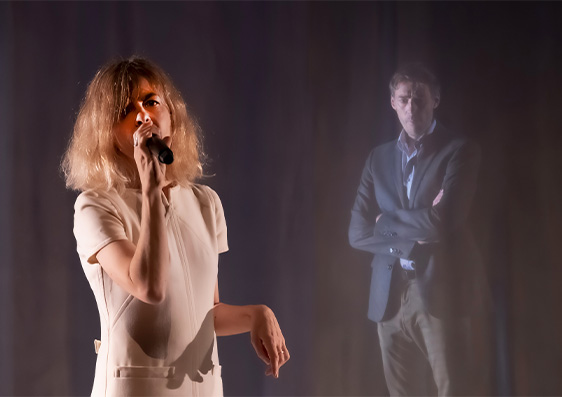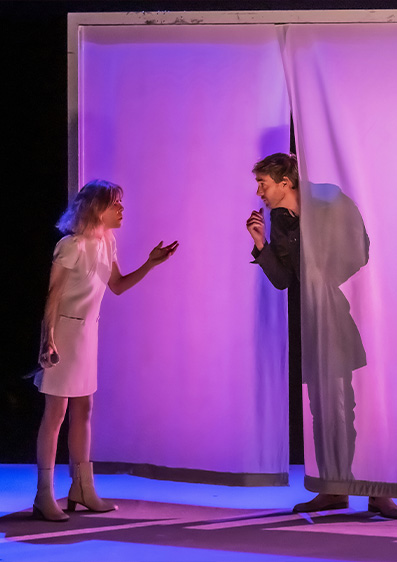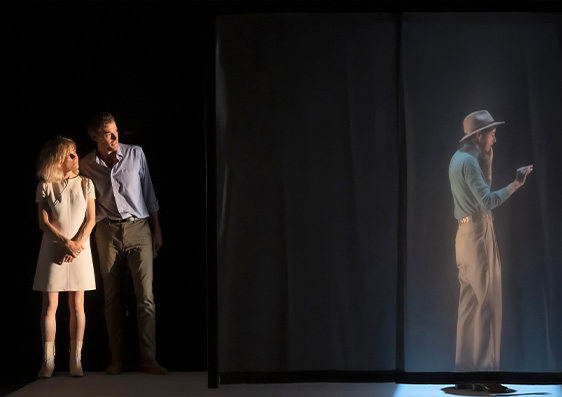Dabadie ou les Choses de nos Vies

Location
1 place Charles Dullin 75018 Paris
Capacity 563 seats
Duration
1h 20m
No intermission
Details
Musical
For all audiences
In French
Highlights: Dabadie ou les Choses de nos Vies
Story: Dabadie ou les Choses de nos Vies
Reviews
Théâtre de l'Atelier
Théâtre de l'Atelier
At the time of its creation in 1822, the Theatre de l’Atelier was located in an agricultural suburb of Paris, for the city had not yet expanded its gate to engulf the winding Montmartre neighborhood. Upon the execution of Louis XVI and Marie Antoinette in the 18th century, the two French leaders were buried in a nearby cemetery. As payment for handing over his farmland for the usage of the royal burial, Louis XVIII granted the owner and his son authorization not only to practice theatre in the modest venues just outside the city gates, but to have autonomous control over the cultural realm exploding in the area. With his newfound authority, the farmer-turned-thespian and his son, an aspiring actor, founded many theatres in the area, including the Theatre des Mathurins and of course, the Theatre de l’Atelier.
During the 1848 revolution, the Montmartre Commune survived many management changes. Thanks to this, the theatre became a neighborhood favorite, bringing popular shows to the masses such as dramas and vaudevilles. Soon after in the early 1900s, Montmartre got a makeover and its grand reopening featured a performance by Sarah Bernardt. In spite of its success, the venue did not escape the cinematic takeover, and like many Parisian playhouses was quickly converted into a movie theatre in the early 20th century. Saved from its cinematic fate by new director Charles Dullin, the venue’s name was changed in the 1920s to reflect the name of the director’s theatre troupe, becoming the Théâtre de l’Atelier. Complete with a small upstairs bar for a pre- or post-show drink and snack, the Théâtre de l’Atelier has become a favorite element of the bohemian culture in the Montmartre neighborhood, frequented by locals and visitors alike.
Fast facts Capacity: 563 Handicap accessible: Yes, please let us know when you book by sending us an e-mail to contact@theatreinparis.com so that we can inform the theatre so that it can welcome you in the best possible conditions. Heating: yes Air conditioning: Unfortunately, no Coat Check: Yes









.png)
.png)
.png)
.png)